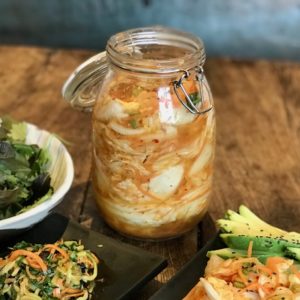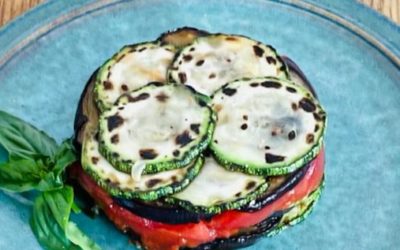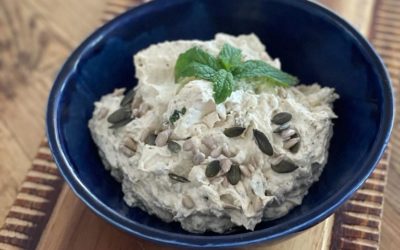Roar kimchi style cabbage salad
Equipment
- 1 Tall Kilner or screwtop Jar – capacity 1 litre (sterilized with hot water or in the oven)
- 1 Blender or processor
- 1 Pair rubber, nitrile or latex gloves
Ingredients
- 1 each Chinese or savoy cabbage (outermost leaves removed)
- 2 T fine sea salt
Chilli Sauce
- 2 T soy sauce (use Tamari for gluten free)
- 2 T coconut sugar
- 1 T coco aminos
- 70 ml pineapple juice (1/4 cup)
- 60 ml hand-hot water (1/4 cup)
- 3 cm fresh root ginger, peeled & chopped (15g)
- 5 cloves fresh garlic (avoid old or sprouting garlic)
- 70 g onion or shallot, peeled and finely diced (a small onion)
- 3 t dried chilli flakes (for authenticity use Gochugaru)
- 2 medium carrots, peeled and cut into matchsticks
- 6-8 each spring onions, roughly chopped (little fingernail size pieces)
Instructions
- Start by removing and saving the leafy parts of two whole stalks for use later. Then quarter your cabbage, removing the bottom core with a sharp knife. Here you can use up the stalks from the first step too. Rinse it well and shake it dry.
- Now place your cabbage in a large mixing bowl and begin sprinkling a generous amount of sea salt in between the leaves of each section. Then with your hands press down and leave the cabbage pieces to rest for 30 minutes. This softens and breaks down the cabbage, drawing out moisture.
- While your cabbage rests, prepare your chilli sauce by adding all ingredients to a food processor or blender. Check and adjust flavour as needed, for your taste. You can always add more chilli, but you can't take it out!
- Returning to the cabbage, massage each leaf with the salty brine again, and push down with hands once more to compress. Leave it all to rest again for 10 minutes.
- Add the carrots and spring onions into a medium mixing bowl with the chilli sauce. Stir to combine, then cover and set aside for a moment
- Using cold water, to help keep the cabbage crispy, rinse between the leaves to remove excess salt, then place on 2-3 absorbent clean towels and pat the leafy sections dry. Also gently separate the cabbage leaves, but leave them intact on the stalks, so they’re easier to work with during the next stage.
- Return the dried cabbage to the bowl. Get your sauce (with carrots and spring onions) and begin coating each leaf with the sauce. Begin by placing the coated cabbage leave sections in the sterilised container, packing down to ensure there is as little air as possible between leaves, pressing down very firmly. Continue to within 4-5 cm (2") from the top. Finish by topping the jar with brine and pressing in the saved cabbage leaves.
- Put the lid down, or on, but do not seal. Set in a cool dark place (such as a cabinet, not the refrigerator) to ferment for at least 36 to 48 hours.
- The ideal temperature is between 15-18C (55-65F). Try to avoid exceeding 21C/70F in order to achieve optimum fermentation.
- After 2 days check visually for bubbles. If it is slow to ferment leave it for another day or so. You can then put it into the fridge for a week of slow fermentation.
- After removing some of your cabbage pickle for eating, always press down the remainder into the jar and under the brine again.





